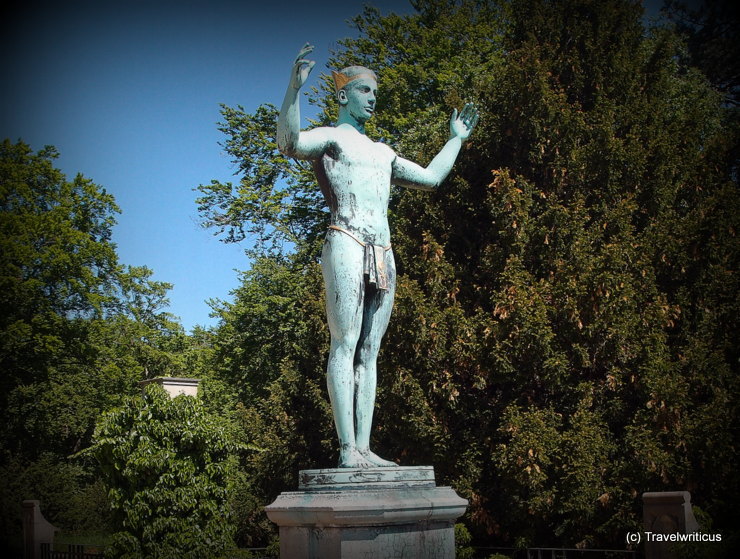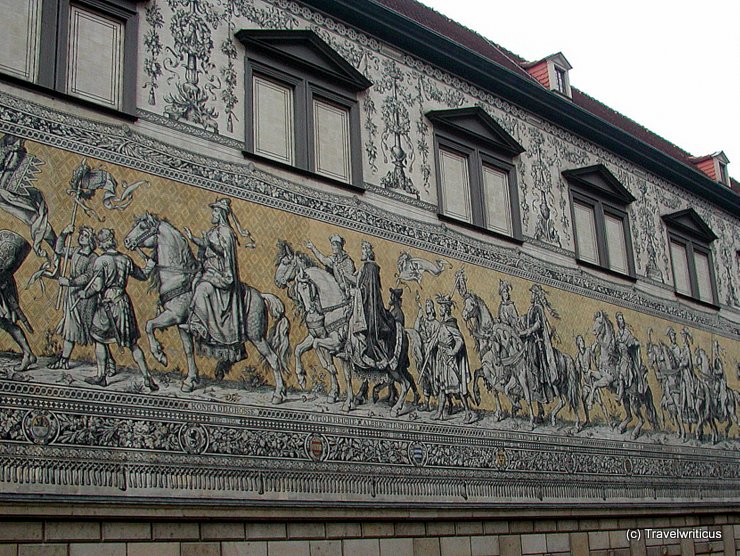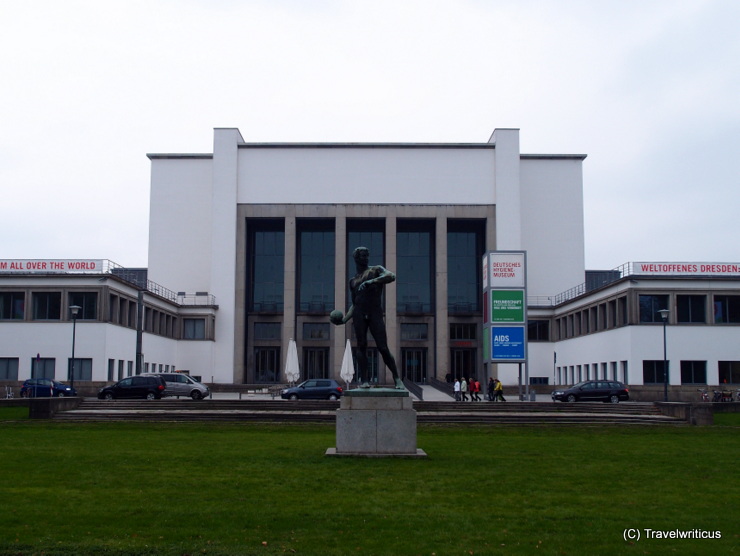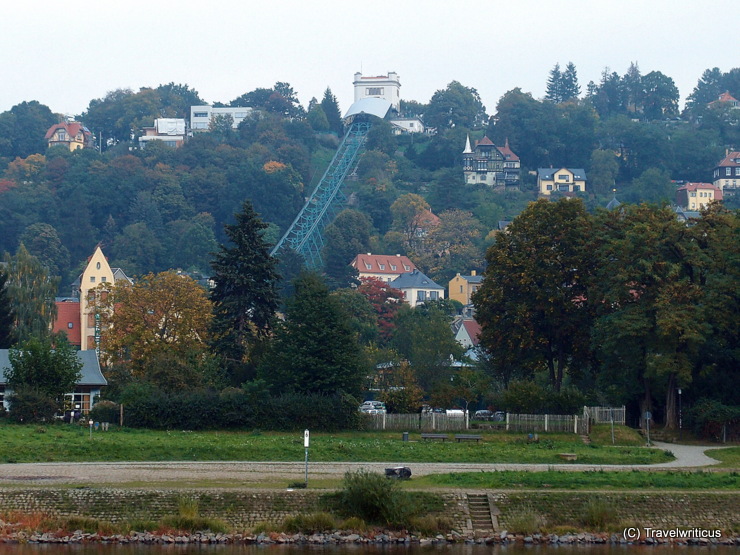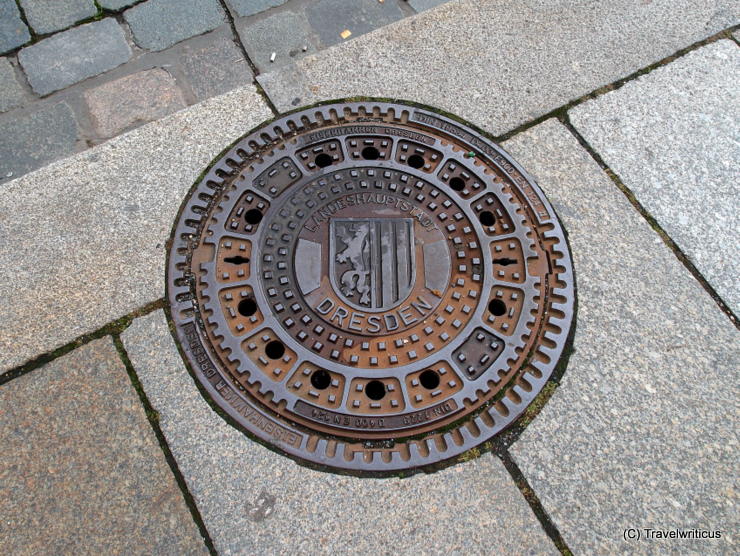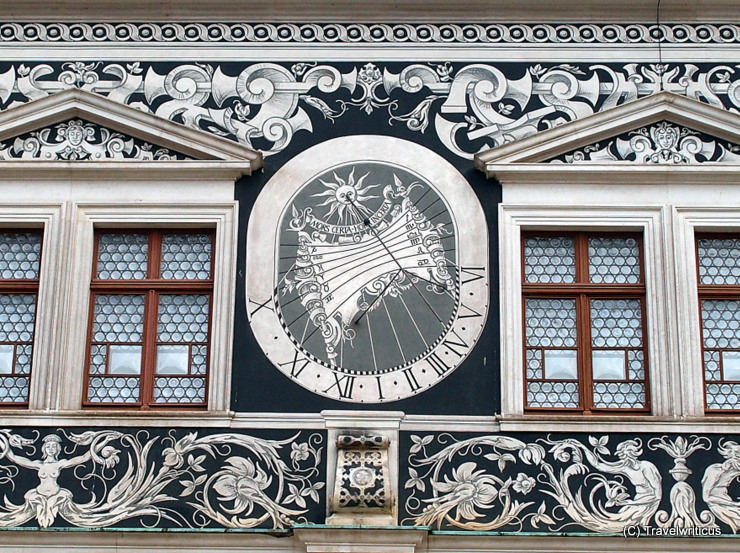
This sundial is located on the courtside of the Long Hallway (Lange Gang). The Long Hallway is the connection building between the Georgenbau and the former stable building. From here, the spectators watched the tournaments in the stable courtyard (Stallhof). [German]
